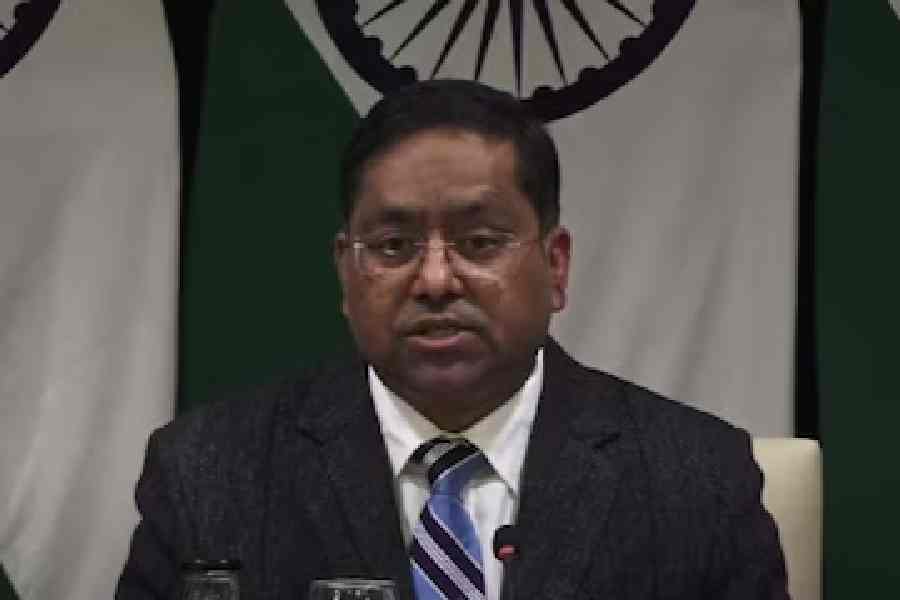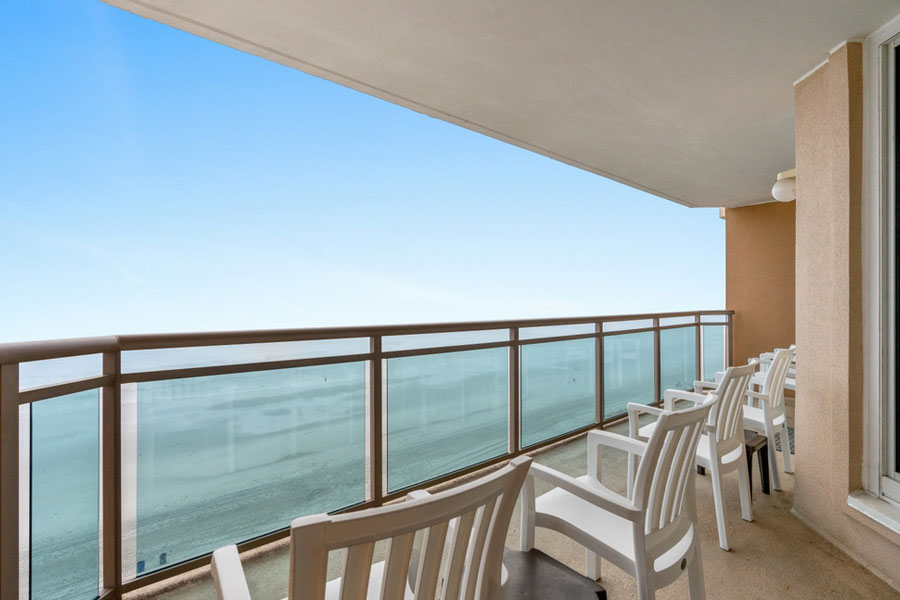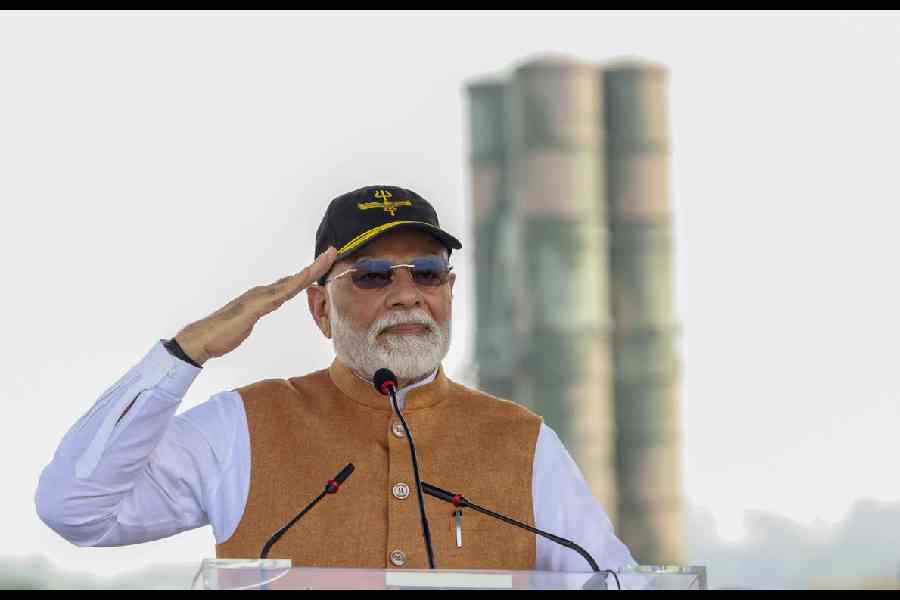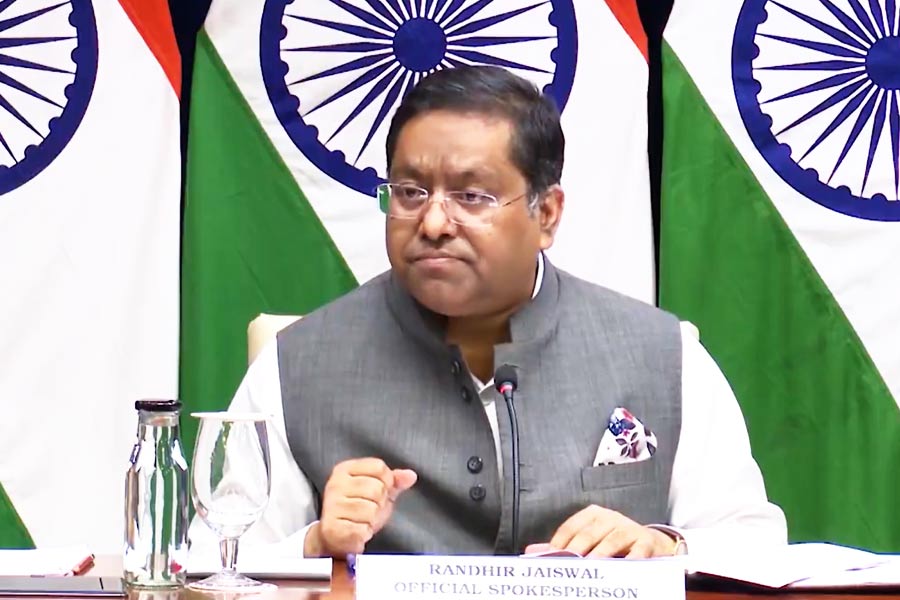Calcutta, Aug. 5: The Bengal government today unveiled an urban policy that seeks to unlock construction opportunities in congested zones such as Calcutta, rewarding real estate that has become a milch cow in the absence of big industrial ventures.
The policy will allow higher floor area ratio (FAR), which governs the size of a building on a plot. Once the policy is implemented, more residential space can be created after paying a sanction fee that will be finalised by an official of the finance department.
Some conditions will also have to be met but the discretionary nature has stirred concerns.
“This is the first such policy in the state. This was required to accommodate the increasing urban population in Bengal,” finance minister Amit Mitra said.
The government did not scrap the archaic urban land ceiling but allowed townships exemption from a bureaucratic clearance to keep land in excess of the limit. (See chart on below)
 |
A group of ministers — including Mitra, urban development minister Firhad Hakim, education minister Partha Chatterjee and power minister Manish Gupta — gave shape to the policy after holding over 30 meetings with different stakeholders, the finance minister added.
“Between 2001 and 2011, the urban population in India has increased by 27 per cent but the figure in Bengal is 31 per cent,” said Hakim, standing near Mitra who nodded in endorsement.
What Mitra did not mention were the economic compulsions behind such an urban policy. But the budget documents Mitra had tabled in the Assembly earlier this year offer some clues.
According to the documents, the contribution from several key sectors to the state gross domestic product has either stayed constant or shrunk. But real estate’s share has increased and it has kept growing.
In the ongoing financial year (2014-15), Mitra is banking big on realty as he is expecting to earn Rs 5,399 crore from stamp and registration fees paid during property transactions. The amount represents around 11.8 per cent of the projected state tax revenue.
Mitra did mention that the extra FAR — manna for any urban builder — would come for a price.
“To avail of the benefit of extra floor area ratio, one has to make a payment. The formula will be drawn up by the inspector-general (revenue) of the finance department. The proceeds from this will go straight to the state treasury, a portion of which will be given to the urban development department,” Mitra said.
Mitra had launched a similar revenue generation initiative in his 2012-13 budget when he introduced local area entry tax on goods with the stated objective of developing infrastructure. On average, entry tax is adding Rs 1,200 crore to the government’s kitty every year.
The finance minister did not estimate the possible earnings from the additional FAR fee but an official said the government was hoping for a “significant revenue impact”.
 |
No minister will say so but some officials could not resist wondering about other possible “dividends” for a government that has been unable to find jobs for an army of young supporters.
“The biggest beneficiaries of the move will be the members of the syndicates that supply building materials. More construction means more business for the syndicates,” said an official.
Syndicates have been a source of sustenance for several unemployed youths and have ignited violence over the spoils.
Elections to over 80 civic bodies, including that in Calcutta, are due next year, and the policy is expected to come in handy for the ruling party.
Had other economic activities been thriving and matching infrastructure could be built, some of the elements in the policy could have brought about much-needed change.
The new urban policy — the civic bodies have been asked to implement the measures in six months to a year — will encourage promoters to replace old buildings on prime locations with new ones, a corporation official said.
“In areas like north Calcutta, developing new buildings is difficult because of tenancy problems…. The new policy seeks to solve the problem by allowing the promoter more FAR to build vertically, which will enable him to accommodate the tenants,” the civic official said.
Mitra said norms such as structural strength and fire safety should be met for increasing FAR.
But the civic official said: “In parts of north Calcutta, there are a number of condemned buildings on narrow roads. If the population in the area doubles because of fresh construction, is it possible for the civic body to widen the road, supply more water and develop a sewage system accordingly? Can a fire engine enter the road?”
Several realtors applauded the urban policy. Harsh Patodia, president of real estate body Credai, said long-standing demands of the segment had been met.
“There is acute shortage of land in Bengal. The only way is to go up vertically. Extra FAR will unleash a lot of land,” Patodia said from Indonesia.
Patodia pointed out that 100 per cent extra FAR for tenanted and dilapidated buildings would encourage both tenants and landowners to redevelop. “It’s a win-win for all,” he added.
Sushil Mohta, vice-president of Credai Bengal, said allowing more FAR for redevelopment had been in practice in Mumbai. However, he felt that the FAR concession on either side of the Metro rail route should have been granted for buildings within 2 kilometres, not 500 metres.










